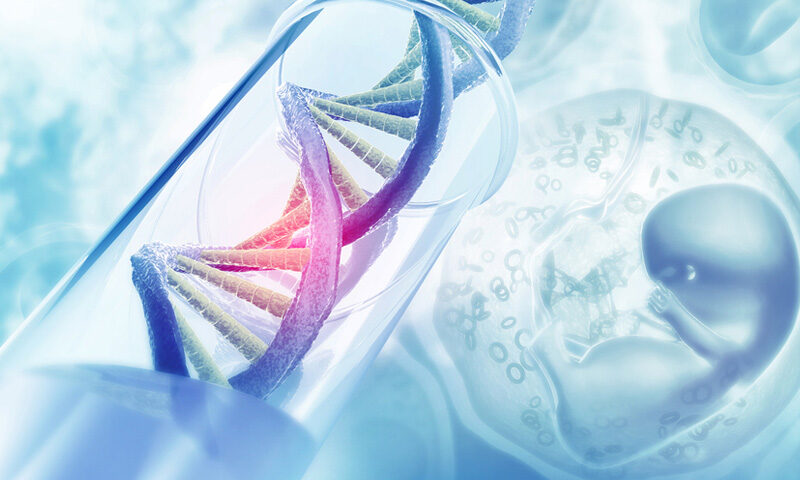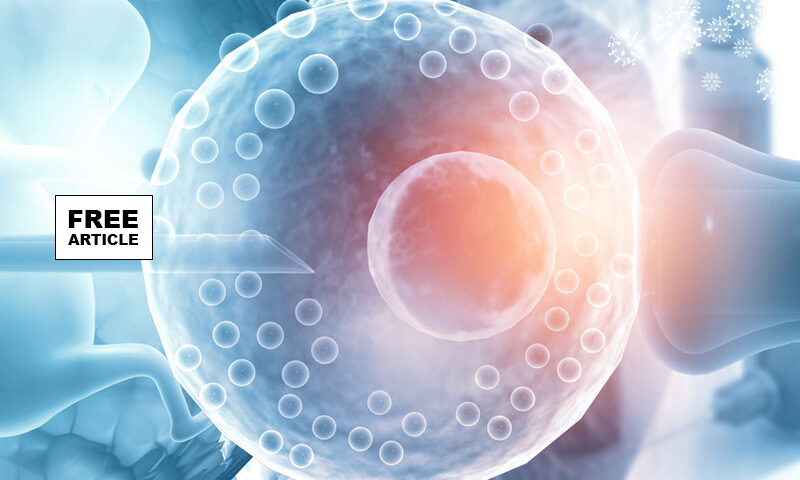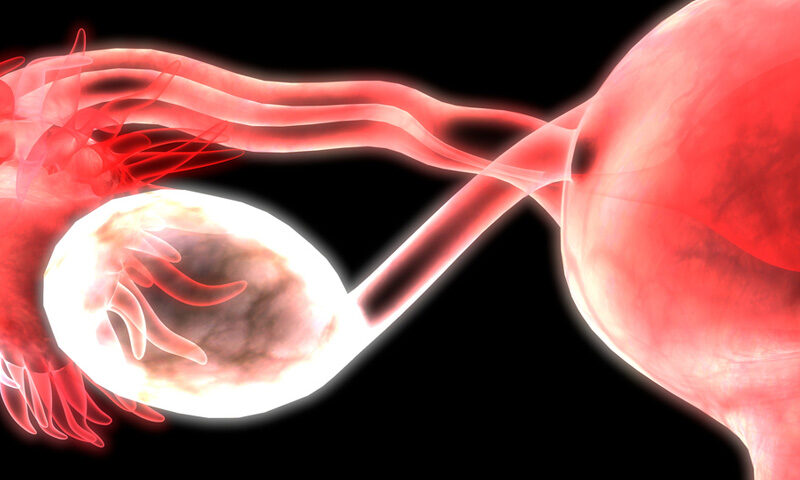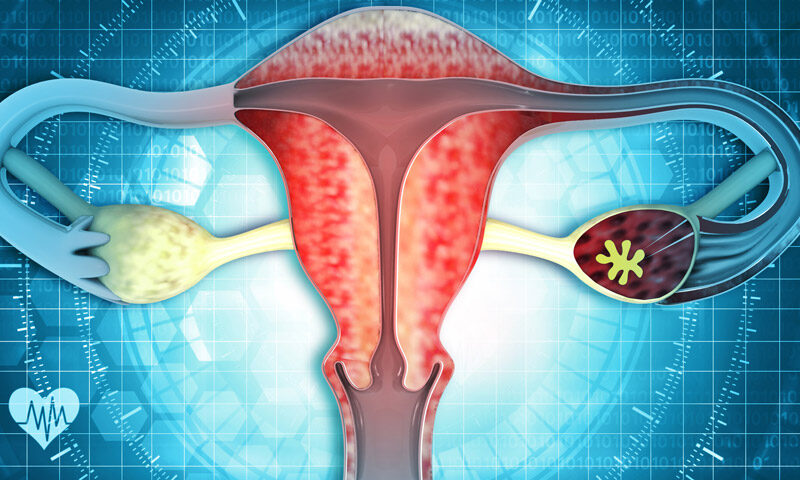Preimplantation Genetic Testing in IVF Should be a Routine Precaution
Since the introduction of pre-implantation genetic testing PGT in assisted reproductive technology, it has become a routine to examine for missing or extra chromosomes known as aneuploidy, genetic disorders, and chromosome structural rearrangements in embryos. These tests are mainly used by couples with advanced maternal age, recurrent pregnancy loss, repeated implantation failure, or a family history of genetic diseases.






